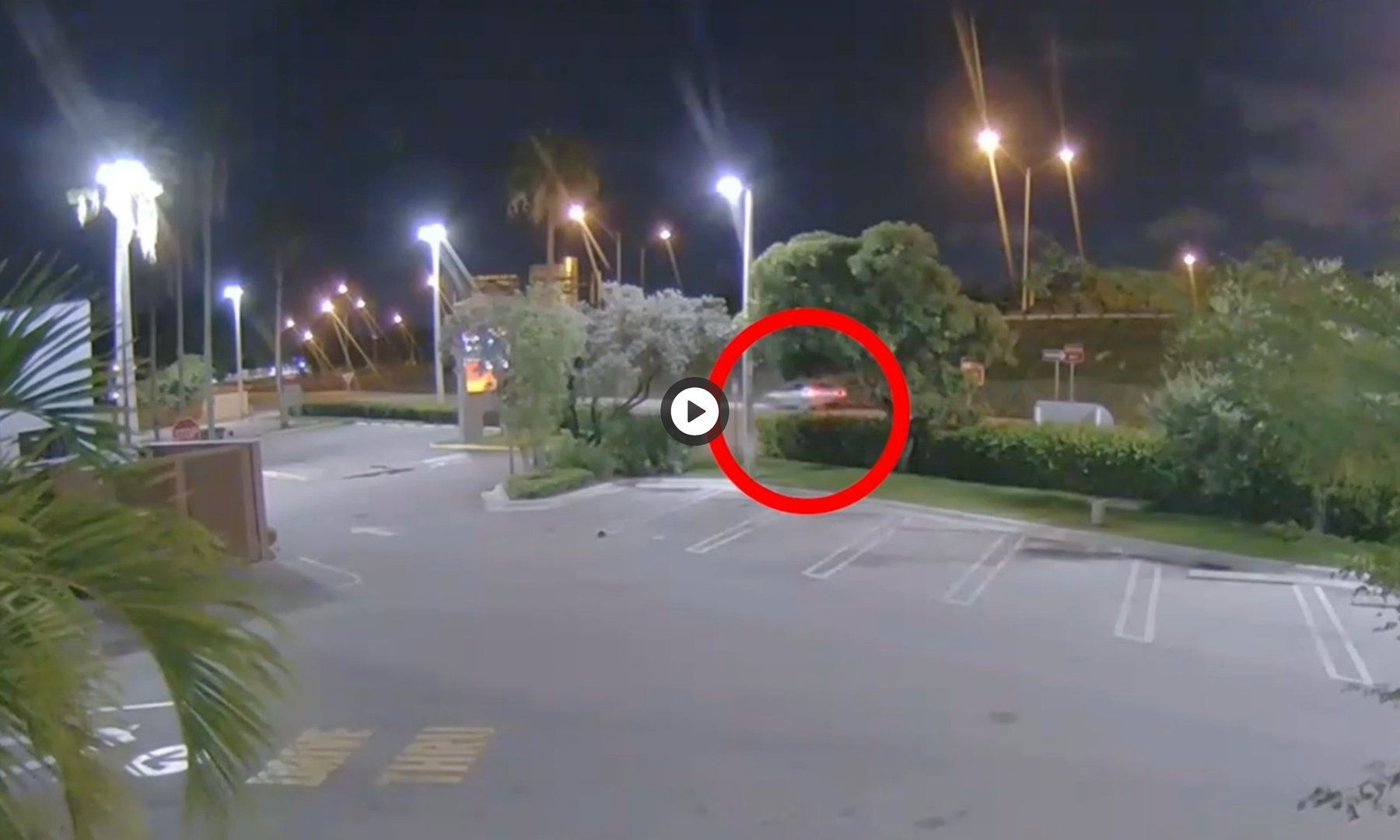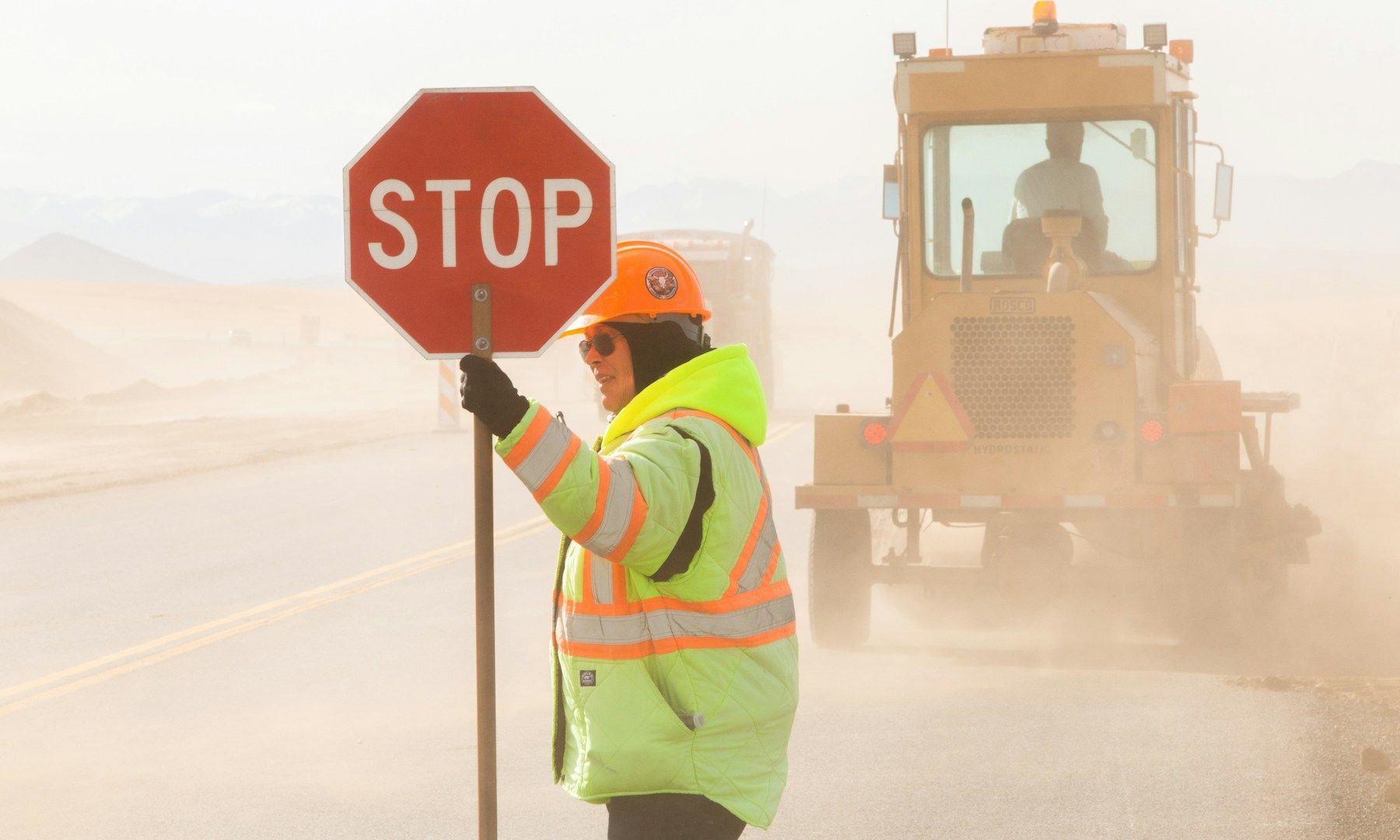Understanding the signs of nursing home neglect.
Placing a loved one in a nursing home facility is not an easy decision to make. Whether it is a collaborative or unilateral decision, one may be concerned that an elderly loved one may not receive the care they require and deserve at a nursing home facility. Even more so, one should be cautious of nursing home abuse and neglect, as it is possible to overlook the signs of either.
The difference between abuse and neglect
While both nursing home abuse and neglect are concerning situations that could bring great harm and even death to a nursing home resident, the two differ. Abuse is when there is willful infliction of harm. It could be physical, mental, emotional or economical.
In contrast, nursing home neglect occurs when there is the failure to provide the services, care and items necessary to meet the medical, physical, mental and emotional needs of the residents. As such, negligence can be difficult to spot and could be more complex.
Signs of nursing home neglect
Signs of nursing home neglect include falls, medication problems and pressure sores. This indicates that they are not ensuring safety and the prevention of falls, failing to properly handle medications and failing to regularly adjust residents in their bed and wheelchairs.
While nursing home neglect can be difficult to spot, there are certain red flags one should be on the lookout for. This includes poor hygiene, poor living conditions, malnutrition, dehydration, unexplained injuries and psychological symptoms.
If one believes that a loved one has suffered harm due to nursing home neglect, it is possible to take action. A civil suit not only helps hold the negligent party or parties accountable but it also help one recover damages for the losses and harms suffered.










